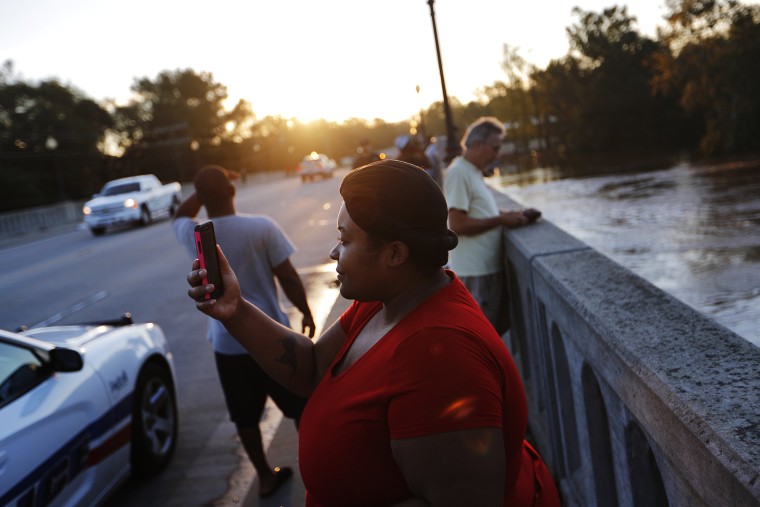Contrary to public concern, the Federal Emergency Management Agency is not handing President Donald Trump a direct line to send personalized messages to American citizens.
He would be breaking the law if he did.
Last Friday, the Federal Communications Commission and FEMA announced plans to test a system that would allow the president to send a message to mobile devices across the U.S.
The announcement of the Wireless Emergency Alert (WEA) test caused some concerns that it could be used by Trump like he uses Twitter. But in 2015, Sen. Ron Johnson, R-Wis., introduced a bill to prevent any president from abusing the system.
"Except to the extent necessary for testing the public alert and warning system, the public alert and warning system shall not be used to transmit a message that does not relate to a natural disaster, act of terrorism, or other man-made disaster or threat to public safety, " states the Integrated Public Alert and Warning System Modernization Act of 2015.
This means that Trump will not be allowed to send messages related to the ongoing investigation into Russia's attempts to influence the 2016 U.S. election or about the midterm elections in November.
Instead, any alert will include information about the nature of the emergency, which agency sent it and directions for people to follow.
"The idea for the alert is that president should be able to reach the residents in the case of emergencies," said Nick Crossley, the president of the International Association of Emergency Managers. "And that is its sole purpose."
The WEA is the newest messaging tool of the Emergency Alert System (EAS), which also sends emergency alerts to the public on television and radio. The EAS replaced the Emergency Broadcast System in 1997.
While the upcoming test will be the first presidential alert, more than 40,000 wireless alerts have been sent to Americans since the WEA launched in 2012, according to the FCC. But unlike other wireless alerts from federal and local agencies, people will not be allowed to opt out of the presidential alerts.
News of the test spurred an online backlash and a flood of calls to FEMA, which has been inundated with requests to opt out of the alert — hampering the agency's ongoing emergency response to Hurricane Florence, FEMA spokesperson Jenny Burke told NBC News.
The Emergency Alert System guidelines describe the intricate details and protocols set in place for a national alert to go out rapidly and accurately. The room for error is small, even though it has occurred — the most recent incident occurring in January in Hawaii, when a false alarm went out notifying state residents that a ballistic missile was headed toward the island.
"I don't see something like Hawaii happening again," Crossley told NBC News. "I'm surprised it happened to begin with."
In response, Congress enacted the Reliable Emergency Alert Distribution Improvement Act of 2018, introduced by Sen. Brian Schatz, D-Hawaii.
The 90-character emergency alert has also been confused as being received as a text message that comes through the SMS channel, but it will broadcast through area cell towers and will not be disturbed by any network congestion that could occur during an emergency.
Trump will also be unable to track the location of people or access personal phone numbers through the system.
The next presidential wireless emergency alert test is scheduled for Oct. 3 at 2:18 p.m. ET, and the Emergency Alert System test will follow shortly after on radio and television at 2:20 p.m. ET.


